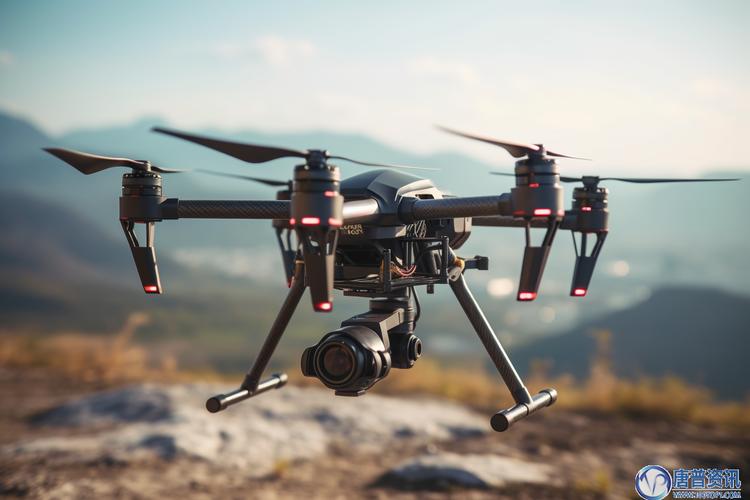Navigating the world of beginner drones equipped with cameras can be daunting, especially for those new to the realm of aerial photography and videography. Whether you’re a hobbyist eager to capture stunning landscapes or an enthusiast keen to explore new perspectives from the sky, you’ll find that drones have revolutionized the way we view and capture the world. In this comprehensive guide, we delve into the top entry-level drones with cameras that offer easy handling, affordability, and impressive features for novices.
Why a Drone with Camera is Perfect for Beginners
Choosing a drone with a camera opens up endless opportunities for creativity and exploration. As a beginner, your focus will likely be on learning how to operate the drone safely and effectively. Therefore, the best drones for beginners usually come with features such as auto-hover, easy take-off, and landing functionalities, reducing the learning curve significantly.
Essential Features to Look For
When picking a drone with a camera, the most crucial aspects to consider include camera quality, battery life, and flight stability. A decent entry-level camera drone should offer at least 1080p resolution to ensure clear images. Other features might include gyro stabilization systems, which help maintain the drone’s position steady in the wind. Battery life is also vital; typically, beginner drones have a flying time of around 20-30 minutes per charge.
- Auto Return Home Function
- Headless Mode for Easier Control
- Altitude Hold for Stable Hovering
Top Recommendations for Novice Flyers
One of the top picks is the DJI Mavic Mini, renowned for its compact size, superb photo quality, and easy handling. It’s lightweight and designed specifically for beginners, yet it doesn’t compromise on performance. Another excellent option is the Ryze Tello, which is not only affordable but also packed with intelligence from DJI itself, making it a smart choice for budget-conscious beginners.
Understanding Camera Specifications
Camera specifications can be puzzling. For novice drone users, it’s crucial to strike a balance between quality and practicality. Higher resolution doesn’t always mean better quality; factors such as lens type and sensors play a significant role in capturing breathtaking imagery. Look for drones offering stabilization features, enabling smooth video capture without jerkiness.
Safety Tips for New Users
Safety should be your priority when flying your drone. Always ensure you are flying in compliance with local regulations and follow basic guidelines such as maintaining line-of-sight and avoiding flying over crowds. Understanding your drone’s limit and regularly checking for software updates can prevent mishaps and enhance your flying experience.
Exploring the skies with drones can be an exhilarating experience, and with the right choice and due diligence, you’ll be capturing jaw-dropping footage in no time.
FAQs

- How far can beginner drones fly?
- Most beginner drones have a range of 100 to 300 meters, depending on the model and environment conditions.
- Do I need a license to fly a drone?
- Regulations vary by country, but often beginner users need to pass a basic online safety test rather than obtaining a full license.
- What if my drone crashes?
- It’s important to practice in open spaces without obstacles; most drones come with replaceable parts to fix minor damages from crashes.
